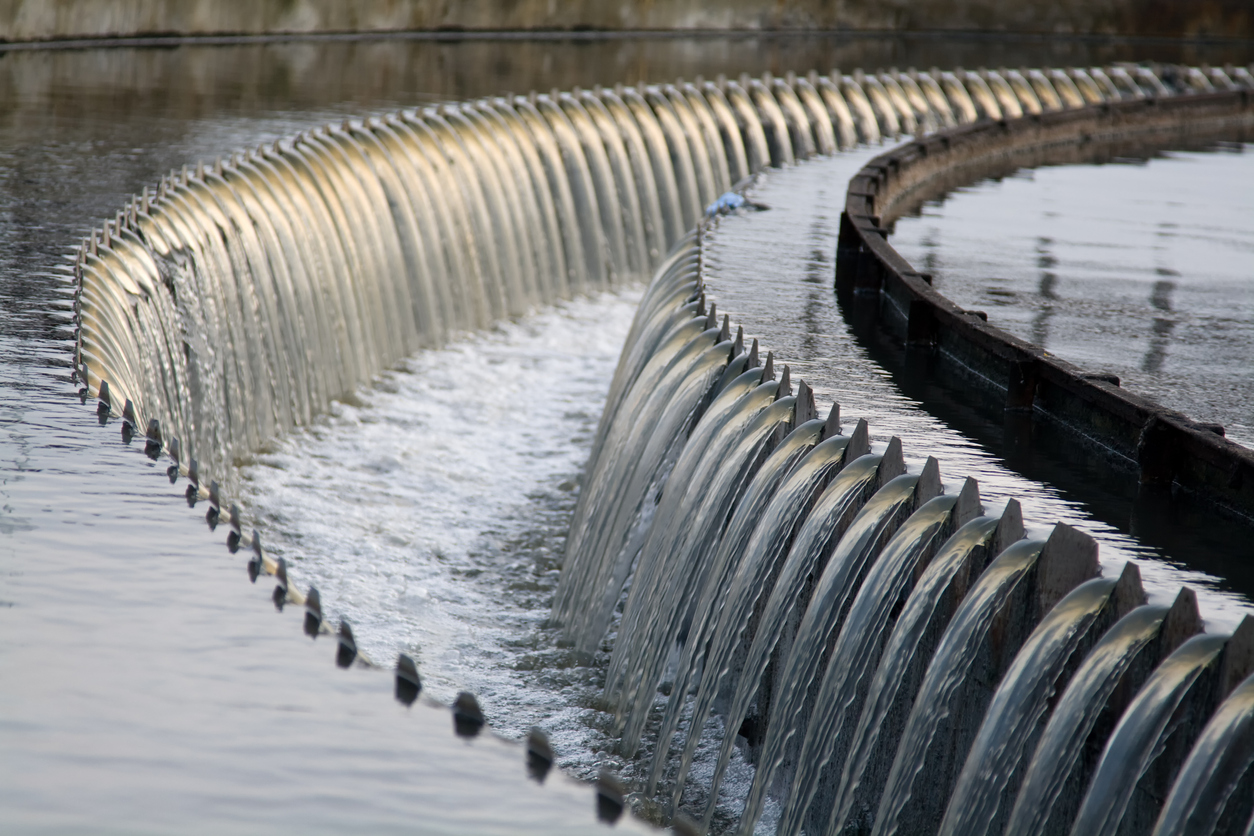2023/06/13
Water Supply Services Transferred from MHLW to MLIT; Growing Expectations for Comprehensive Water and Sewer Service Administration

On March 7, “Bill of an Act on the Establishment of Relevant Laws to Strengthen the Functions of Administrative Agencies Related to Environmental Sanitation” was approved at a Cabinet meeting and is expected to be passed at the 211th session of the Diet in session. I do not think many people can accurately understand the contents of the bill from this name. The national government attributed the delayed implementation of measures against the COVID-19 partially to an excessive workload at the Ministry of Health, Labor, and Welfare (MHLW) and intends to improve the core administrative functions such as those related to infectious diseases, social security, and employment by downsizing the scope of the MHLW’S work. Specifically, the administration of food sanitation standards will be transferred to the Consumer Affairs Agency, maintenance of water supply to the Ministry of Land, Infrastructure, Transport, and Tourism (MLIT), and formulation of water quality standards to the Ministry of the Environment (The effective date will be April 1, 2024).
Although I do not believe that the essence of the problems revealed by the measures to prevent infectious diseases lies in the “heavy workload,” at least it is not doubtful that there are numerous challenges in the current water supply services. Waterworks have been rapidly spreading since 1960s. As of 2018, the total length of pipelines reached 720,000 km, with a service coverage rate of 98%. However, less than 20% of the total, which is approximately 130,000 km, have already exceeded the standard service life of 40 years. The annual renewal rate is only 0.7% and the earthquake-proof rate stays at 37%. According to the data provided by MHLW, the number of accidents of water pipes exceeds 20,000 cases per year. The collapse of Musota Aqueduct across the Kinogawa in Wakayama City, occurred in October 2021, is still fresh in our memories. These facts represent a risk to the continuation of water supply systems.
One of the factors causing this crisis is the decrease in the amount of water used due to the decline in the population. Resultantly, the income and expenditure of the water supply services based on an independent accounting system of each municipality become deteriorated, and the waterwork systems have to be downsized. In addition, shortage of manpower in the construction business has been aggravating the delay in responding to the situation. The same is true for sewage systems managed by MLIT, to which the administration of food sanitation standards will be transferred. As of the end of 2021, the total length of culverts reached 490,000 km, out of which 30,000 km have a service life of over 50 years. Moreover, the number of accidents of road cave-ins arising from sewage systems is approximately 3,000 cases per year. Whether plumbing facilities or the like at the sewage treatment plants have been properly replaced with new ones is also an urgent issue. At the same time, according to the data given by MLIT, the number of personnel in charge of duties at local public entities continues to decrease since a decrease in the income due to a decline in the amount of water used is inevitable.
The essence of the issues is common to both water supply and sewage systems. Therefore, it is reasonable to transfer duties related to maintenance of water supply to the MLIT that is responsible for the entire water-related infrastructures of cities, roads, rivers, sources of rivers, and the like.
Japan is rich in water resources. Nevertheless, rainfall per person is only one third of the world level. Also, the volume of water storage, such as that from dams, is low in Japan compared to the levels of major cities all over the world. This means that stable rainfall throughout four seasons has helped our life. However, recent abnormal climates have raised concerns about unstable water supply and prompted revision of measures to prevent urban disaster, such as inland floods that has been occurring frequently. From such perspectives, I have high expectations for “water” administration that is integrated with urban policies and disaster prevention measures, and that goes beyond the framework of local governments.
This Week’s Focus, April 14
Takashi Mizukoshi, the President